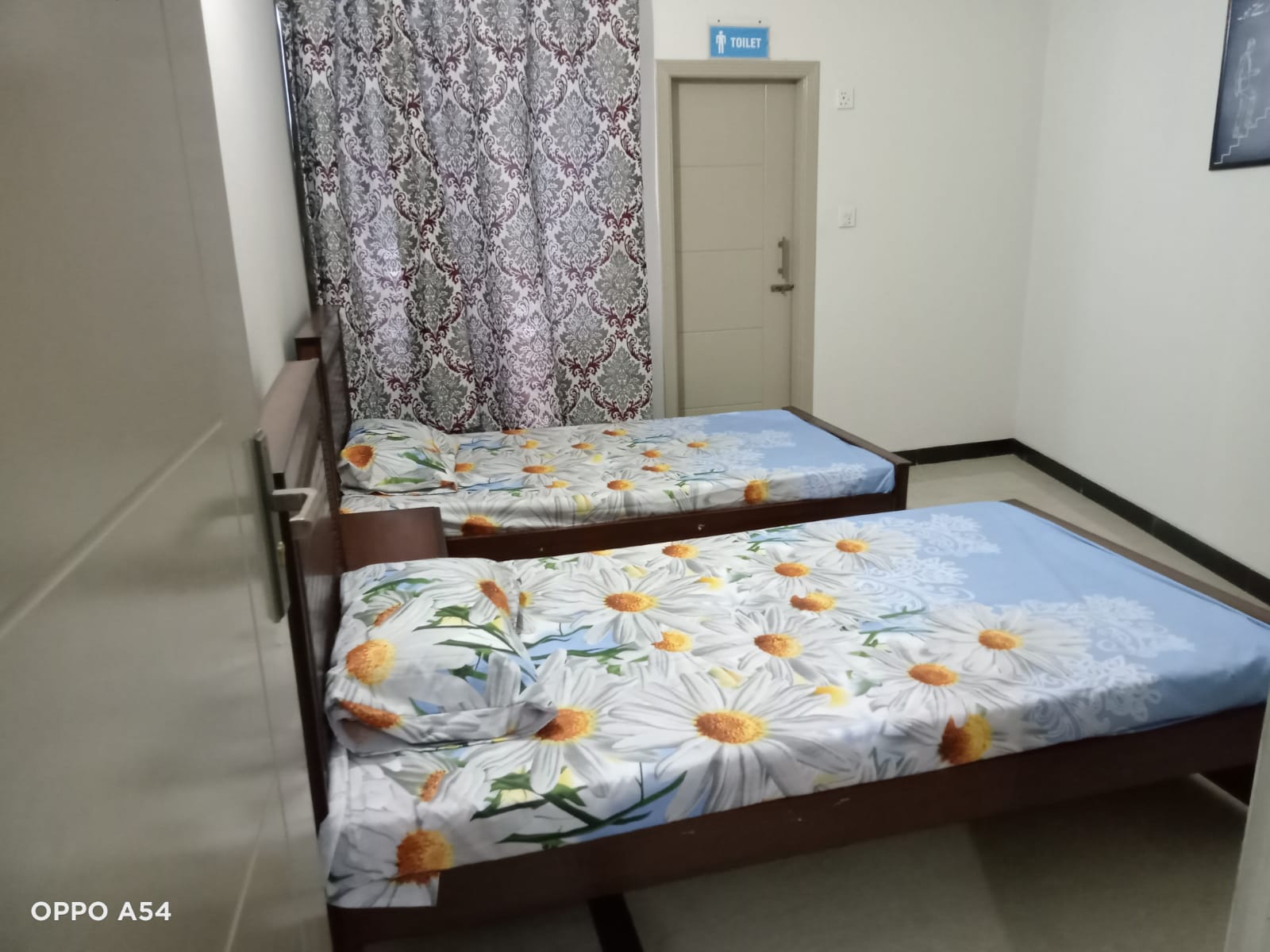Hospitalization for psychiatric illness has undergone revolutionary changes in the last three decades. At mid-century, there were two basic sources of care for people with mental illnesses: a psychiatrist’s private office, or a mental hospital. Those who went to the hospital often stayed for many months, even years. The hospital, frequently operated by the state, offered protection from the stresses of living which could be overwhelming for those with severe illness. It also offered protection from self-inflicted harm. But it offered little in the way of treatment. The use of medication as a mainstay of rehabilitative treatment had just begun.
Today people with a mental illness have many treatment options depending upon medical need:
- 24-hour inpatient care in general hospital psychiatric units,
- private psychiatric hospitals,
- state and federal public psychiatric hospitals;
- Veterans Administration (VA) hospitals;
- partial hospitalization or day care;
- residential care; community mental health centers;
- care in the offices of psychiatrists and other mental health practitioners, and
- support groups.
In all these settings, health care professionals work very hard to provide care according to a treatment plan developed by each patient’s psychiatrist. The goal is to restore maximum independent living as rapidly as possible, using the appropriate level of care for the appropriate illness. Frequently, the family is involved as part of the treatment team.
In all these settings, health care professionals work very hard to provide care according to a treatment plan developed by each patient’s psychiatrist. The goal is to restore maximum independent living as rapidly as possible, using the appropriate level of care for the appropriate illness. Frequently, the family is involved as part of the treatment team.




